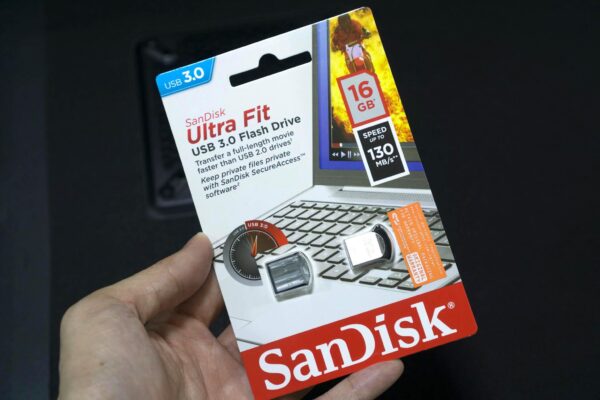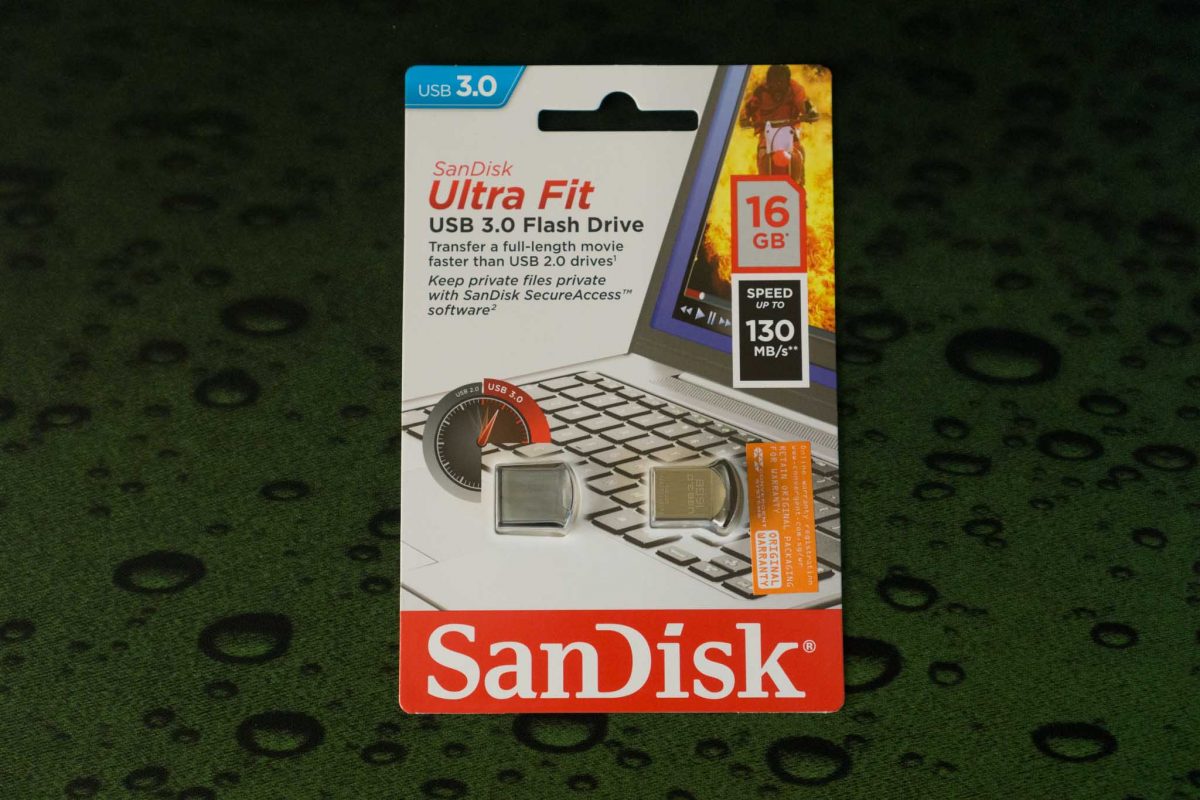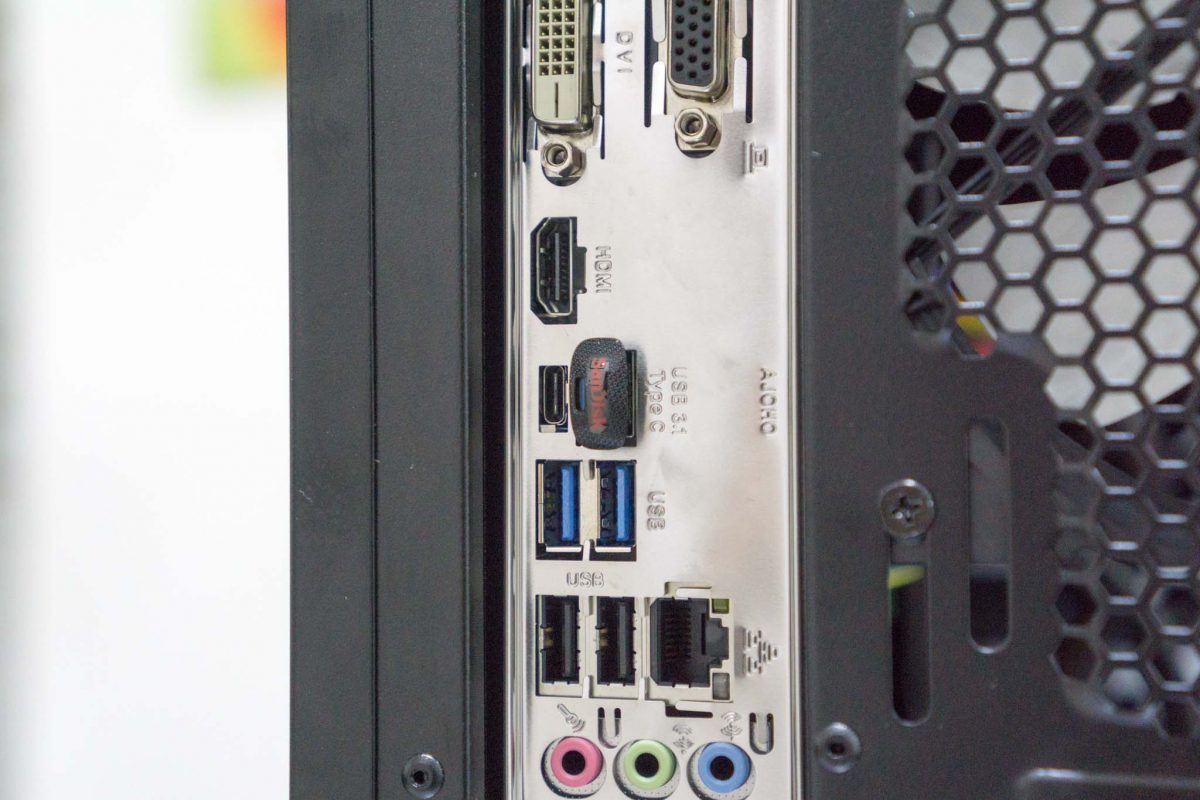
We’re all very familiar with the ubiquitous USB flash drive, or thumb drive. It’s a convenient way to copy files around. But there could be other use cases for them. Some people, like myself, use them as a boot drive replacement, instead of using a hard disk drive. For this purpose, this SanDisk Ultra Fit Flash Drive is excellent.
If you find this strange, that I use a USB flash drive as a boot drive instead of a proper hard disk drive, let me explain. When you run an embedded or appliance type of system, the operating system that is installed is relatively small, sometimes even fitting in just 4 GB of space. These systems don’t often need to use their boot drive after the operating system has been fully loaded and running, so the slower speeds of cheap USB flash drives don’t even matter at all.

The SanDisk Ultra Fit Flash Drive isn’t exactly a slow coach. It supports USB 3.0 interface with speeds up to 130 MB/s. This is typically faster than the average conventional hard disk drive. More importantly, however, is that the SanDisk Ultra Fit Flash Drive is so small that they are even hardly noticeable.

As you observe in the photo above, the SanDisk Ultra Fit Flash Drive doesn’t stick out much from the USB 3.0 port.
Apart from the above reason that one might not need that big a boot drive for embedded or appliance systems, in my case, there is a stronger reason. I want to preserve as many SATA ports as possible. This is a FreeNAS system, a network attached storage box. I want to be able to connect as many hard disk drives as possible, so that I can maximise data storage space.
Giving up a SATA port for a drive used to store the FreeNAS operating system is too costly. A tiny USB flash drive like this works perfectly in this case.
1 thought on “SanDisk Ultra Fit Flash Drive”
View Comment Policy